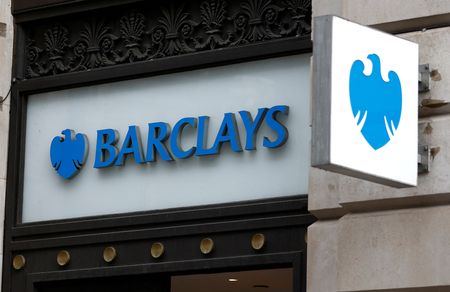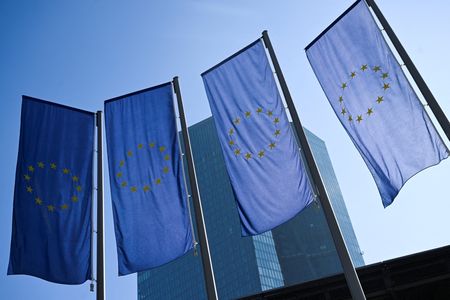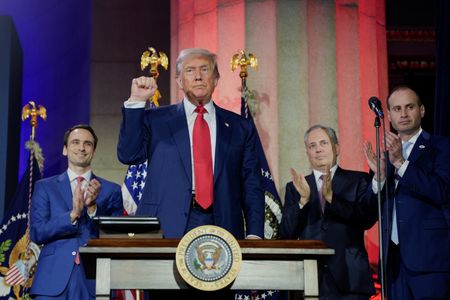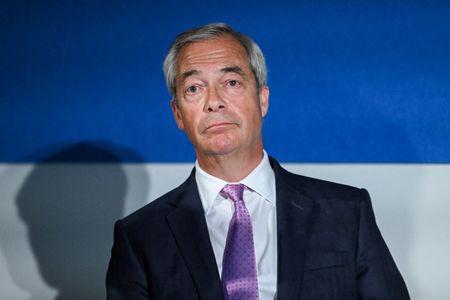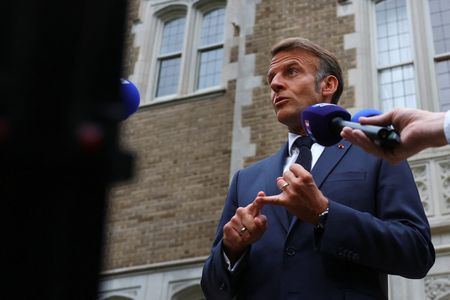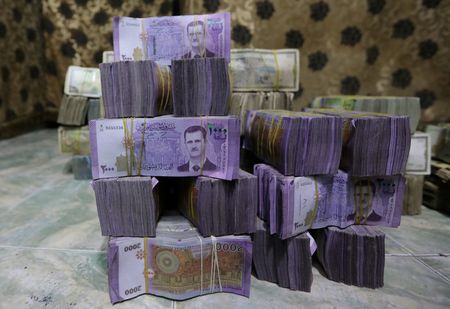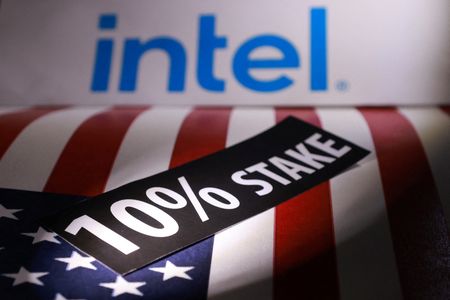By Lawrence White and Sinead Cruise
LONDON (Reuters) -Barclays booked a stronger than expected 19% increase in first-quarter profit on Wednesday, as trading activity surged in the early months of U.S. President Donald Trump’s tenure and the bank made progress on boosting its share of the lucrative UK lending market.
The British bank’s profit before tax for January-March was 2.7 billion pounds ($3.62 billion), up from 2.3 billion a year ago and above analysts’ forecasts for 2.5 billion, according to LSEG data.
Income at the investment bank rose 16% from a year ago to 3.9 billion pounds, above analysts’ forecasts for 3.5 billion.
The bank’s results beat forecasts thanks to better than expected income generation in its investment bank, albeit the gains would be tempered by concerns about tariff impacts on the economy, analyst Gary Greenwood at Shore Capital said.
Barclays’ shares rose 0.3% in early trading, and have more than recovered from a 7% loss earlier this month following Trump’s initial burst of tariffs on April 2.
The update from the Britain and U.S.-focused lender showed some progress on plans to deliver more stable returns, after years of restructuring and wild swings in its investment bank’s performance.
Under CEO C.S. Venkatakrishnan, Barclays is trying to bolster earnings by cutting costs and putting more focus on its domestic British lending business.
Barclays reiterated its performance goals for the year, and lifted guidance for 2025 income to above 12.5 billion pounds from a previous forecast of 12.2 billion, spurred by expected growth at its domestic division where it has been competing hard for mortgage and consumer lending business.
But economic uncertainty from the tariffs prompted the bank to set aside an additional 91 million pound charge against potential future losses, mainly in its U.S. consumer bank and investment bank.
CEOs of British banks have urged the UK finance ministry to ditch crisis-era ringfencing rules separating consumer lending operations from more volatile investment banking, but Venkat pledged support for the existing regulation.
“The most important part of that regime is actually the one that protects millions of people and the cash that they leave the banks and small companies as well,” he told reporters.
“I come on the side of the positive protection, and I therefore come on the side of no change in the ringfencing regime.”
WALL STREET SAYS WORSE TO COME
The strong performance from Barclays’ investment bank matched U.S. rivals that have reported bumper profits so far this year.
Barclays said income from its fixed income trading rose 21%, better than an average of 6% among the top five Wall Street banks, as its securitised products and interest rates-related businesses performed strongly.
But Barclays’ equities income rose 9% versus an average 32% for the top five U.S. players, Bank of America, Citi, Goldman Sachs, JPMorgan and Morgan Stanley.
Wall Street bank bosses have warned that the outlook for the rest of the year is murkier, as trade tensions threaten rising inflation and possibly a recession.
Capital productivity at Barclays’ investment bank, watched closely by investors as the bank progresses its new three-year strategy to shift resources to its domestic unit, rose 1.2 percentage points to 7.7%, Finance Chief Anna Cross said.
“Five quarters into our three-year plan, we remain on track to deliver our goals,” CEO Venkatakrishnan told reporters on a conference call.
($1 = 0.7469 pounds)
(Reporting by Lawrence White and Sinead Cruise, editing by Jan Harvey and Jane Merriman)

